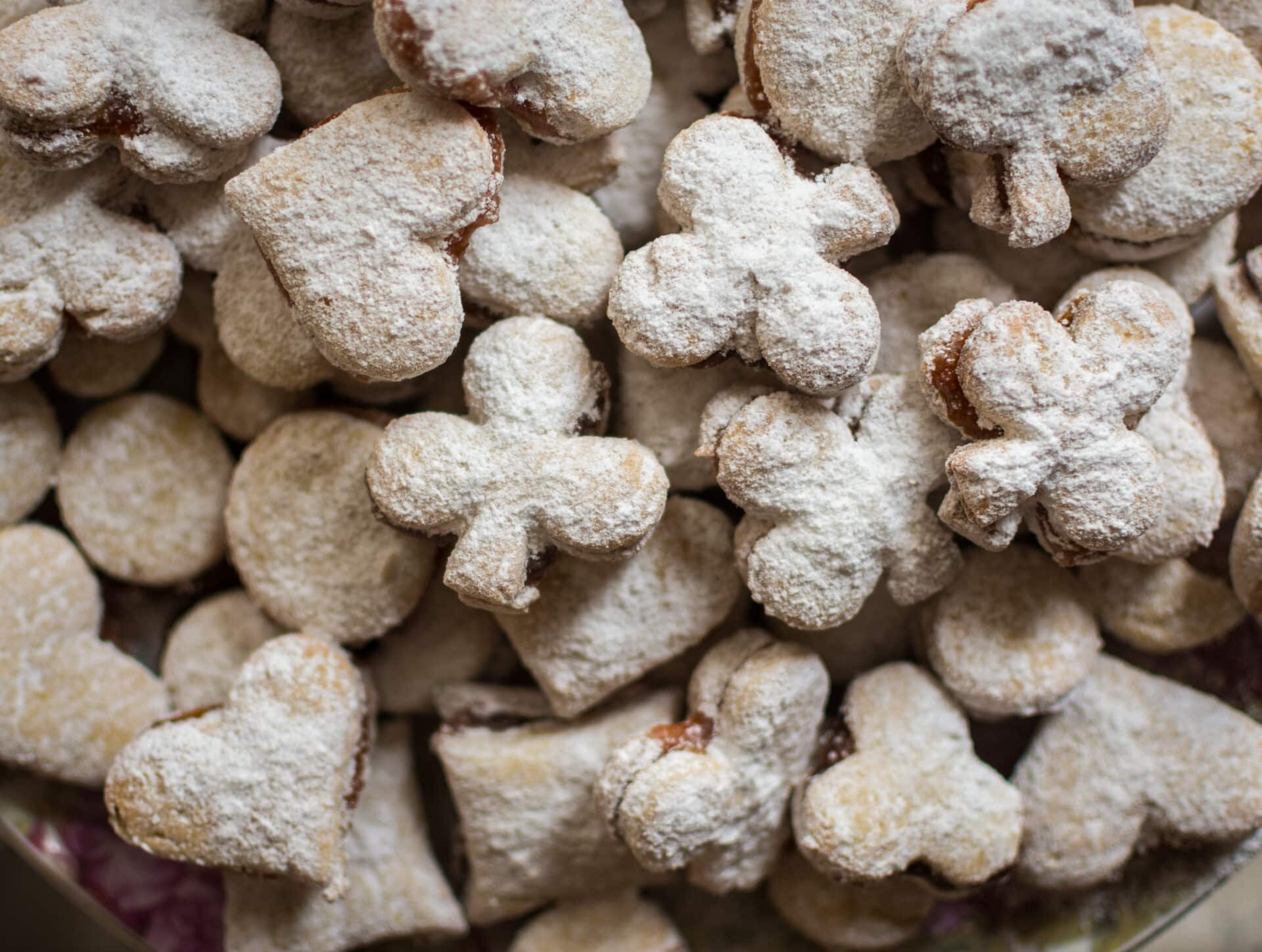Distilling sugar wash is a simple method for producing alcohol that can be used in many different recipes and beverages. It is a fairly easy process that requires only a few pieces of equipment and some basic knowledge of distillation. This guide will explain the step-by-step process for distilling sugar wash, including how to prepare the wash, set up your still, and safely collect your alcohol. With this guide, you’ll be able to produce high quality alcohol from your own home in no time.Sugar wash is a type of mash used for distillation that contains sugar as its main component. It is a simple form of fermentation used to produce alcohol, and it can be used to make spirits such as rum and vodka. The process involves adding sugar to a base liquid, usually water or juice, and then adding yeast to begin the fermentation process. As the yeast breaks down the sugar, it produces alcohol in the form of ethanol. The mixture is then distilled in order to concentrate and purify the ethanol. This process is relatively simple compared to other forms of distillation and can be done at home with basic equipment. To produce a quality spirit, it’s important to maintain a sterile environment and use good quality ingredients. Additionally, temperature control and monitoring of the fermentation should be done regularly in order to ensure that the desired alcohol percentage is achieved.
Preparing the Sugar Wash for Distillation
The process of making a sugar wash for distillation begins with the fermentation of sugar, yeast, and water. This fermentation process creates an alcoholic liquid known as a wash that is high in alcohol content. After fermentation is complete, the wash must be distilled to increase the alcohol content and produce a clear, flavorful spirit. In order to do this, the sugar wash must first be prepared for distillation by removing solids and adjusting the pH levels.
The first step in preparing a sugar wash for distillation is to remove any solids that are present in the liquid. This can be done by either filtering or centrifuging the liquid. Filtering involves using a filter cloth or paper to strain out any solid particles from the liquid. Centrifuging involves spinning the liquid at high speeds in a centrifuge machine which causes any solids to settle at the bottom of the container.
Once all of the solids have been removed, it is important to adjust the pH levels of the sugar wash before distilling. The pH level should be adjusted so that it falls within
Equipment Needed For Distillation
Distillation is a process used to separate a liquid mixture into its components based on their different boiling points. Therefore, it requires specific equipment in order to be successful. The most basic equipment needed for distillation is a still, which is basically a container that holds the liquid mixture and allows it to boil. A condenser is then used to cool the vaporized liquid back into a liquid form. Other equipment that may be needed for distillation include thermometers for monitoring temperature, condenser coils for cooling the vapors, and cooling fans for increasing evaporation rate. Additionally, various types of filters may be necessary depending on the desired outcome of the distillation process. Finally, glassware such as cylinders and flasks are often utilized in order to measure and collect the separated components of the mixture.
In conclusion, distillation requires specific equipment in order to be successful. This includes a still, condenser, thermometer, condenser coils, cooling fans, filters, and glassware.
Setting Up the Distilling Process
Distilling alcohol is a complex process, but it can be broken down into a few basic steps. First, you need to prepare the mash, which is a mixture of fermented grain, yeast, and sugar. This is then heated up and placed in a large vessel where it will ferment for several days. Once the fermentation process is complete, the alcohol-containing liquid is ready to be distilled. The next step is to connect the still to an appropriate heat source and place it over a heat-resistant container. Then, you will need to attach a thermometer to monitor the temperature of the liquid inside the still. Once everything is properly set up and ready to go, you can begin distilling your alcohol product. Finally, you should also make sure that all of your equipment is properly cleaned and sterilized before each use in order to prevent any contamination or spoilage during distillation.
It’s important to note that setting up your distilling process correctly can be crucial for producing high-quality alcohol products. If any part of your setup isn’t working correctly or if any of your equipment isn’t clean and sterileDistillation
Collecting the Distillate
Distillation is a process of separating the components of a liquid mixture by heating it to its boiling point. The resulting vapors are then collected and condensed to create a purified form of the original liquid. Collecting the distillate involves several steps, such as filtering, cooling, and evaporating the mixture. It is important to ensure that all these steps are carried out properly for successful distillation.
The first step in collecting the distillate is usually filtration. This involves passing the heated liquid through a filter to separate out any solid particles or impurities that could contaminate the product. It is important to use a filter that can withstand high temperatures in order to avoid any damage or contamination of the liquid during this process.
Once filtered, it is time to cool down the mixture in order to condense the vapors back into liquid form. This can be done using a cold water bath or an ice bath, depending on what type of material you are using for distillation. Cooling helps to separate out any volatile compounds that may have been present in the original mixture and prevents them from being incorporated into your final

Working With a Pot Still
Making alcohol using a pot still is an age-old process that is still used today in the production of spirits such as whiskey, rum, and brandy. The process involves heating fermented liquid in a container to increase the vapor pressure and separate the alcohol from the water. To do this correctly, you need to understand how to properly use your pot still and pay attention to all of the variables that go into making a successful batch of alcohol.
One of the most important aspects of working with a pot still is understanding how temperature affects the distillation process. The higher the temperature, the more vapor pressure is created which will help separate out more of the alcohol from the water. You will also need to be aware of how long your heat source will last, as this will determine how much product you can produce in one run.
Another important factor when working with a pot still is managing your condenser. This device helps collect and cool down vapors so that they can be condensed back into liquid form. Different types of condensers have different efficiency ratings, so it’s important to
Cleaning a Pot Still
Cleaning a pot still is an important part of maintaining your distillation equipment. You should clean your still after each use to prevent the buildup of residue on the metal surfaces. It is important to use the correct cleaning solutions and methods when cleaning your still to avoid damaging the metal or other components. Start by removing all parts from the still and soaking them in hot water with a mild detergent for several minutes. Use a sponge or cloth to scrub away any residue that may be present on the metal surfaces. Rinse thoroughly with clean water and allow the parts to dry completely before reassembling the still.
Storing a Pot Still
When not in use, it is important to store your pot still correctly in order to protect it from damage and ensure it is ready for use when needed. First, make sure that all parts are completely dry before storing them away. Store them in a cool, dry place away from direct sunlight or moisture. If possible, store the parts separately so they do not rub against each other and cause scratches or other damage. Make sure that all valves are closed and any h
Working With a Column Still
Working with a column still is one of the most important steps in distilling alcohol. A column still is an apparatus that is used to distill liquid substances, such as alcohol, which are heated and then cooled to separate the desired product. The process of using a column still is relatively simple, but it requires careful attention and understanding of the process to ensure a successful outcome.
The first step in working with a column still is to fill it with liquid. This can be done by pouring the liquid into the top of the column or by connecting it to an external tank for direct filling. Once filled, the liquid must be heated to create vapor, which will rise up through the still. As it rises through the columns, different compounds will condense at different levels and temperatures, creating different levels of purity for each component.
Once the vapors have been pulled through all of the columns in the still, they must be condensed back into a liquid form before being drawn off for use. This can be done by using cold water or other cooling methods to condense the vapors. After cooling and condensing, the desired product can then be

Conclusion
Distilling a sugar wash is a straightforward process that can produce high-quality alcohols with little effort. The key to successful distillation is to take the time to understand the process and use appropriate equipment. It is important to monitor all stages of the process, from fermentation through distillation, to ensure quality control and consistent results. With patience and attention, anyone can successfully distill a sugar wash and produce their own alcoholic spirits.
The process of distilling sugar wash requires careful attention to details throughout the entire process. It is important to understand the fundamentals of fermentation, distillation, and bottling before embarking on this journey. Taking the time to learn about the process will ensure success and reduce potential risks associated with distillation. With patience and proper technique, anyone can confidently produce high-quality alcoholic spirits from a sugar wash.
In conclusion, distilling a sugar wash is an achievable goal for anyone with basic knowledge of fermentation and distillation techniques. By understanding the fundamentals of both processes, ensuring quality control throughout each stage, and using appropriate equipment for each step, excellent results can be achieved. With some practice and patience, anyone can

